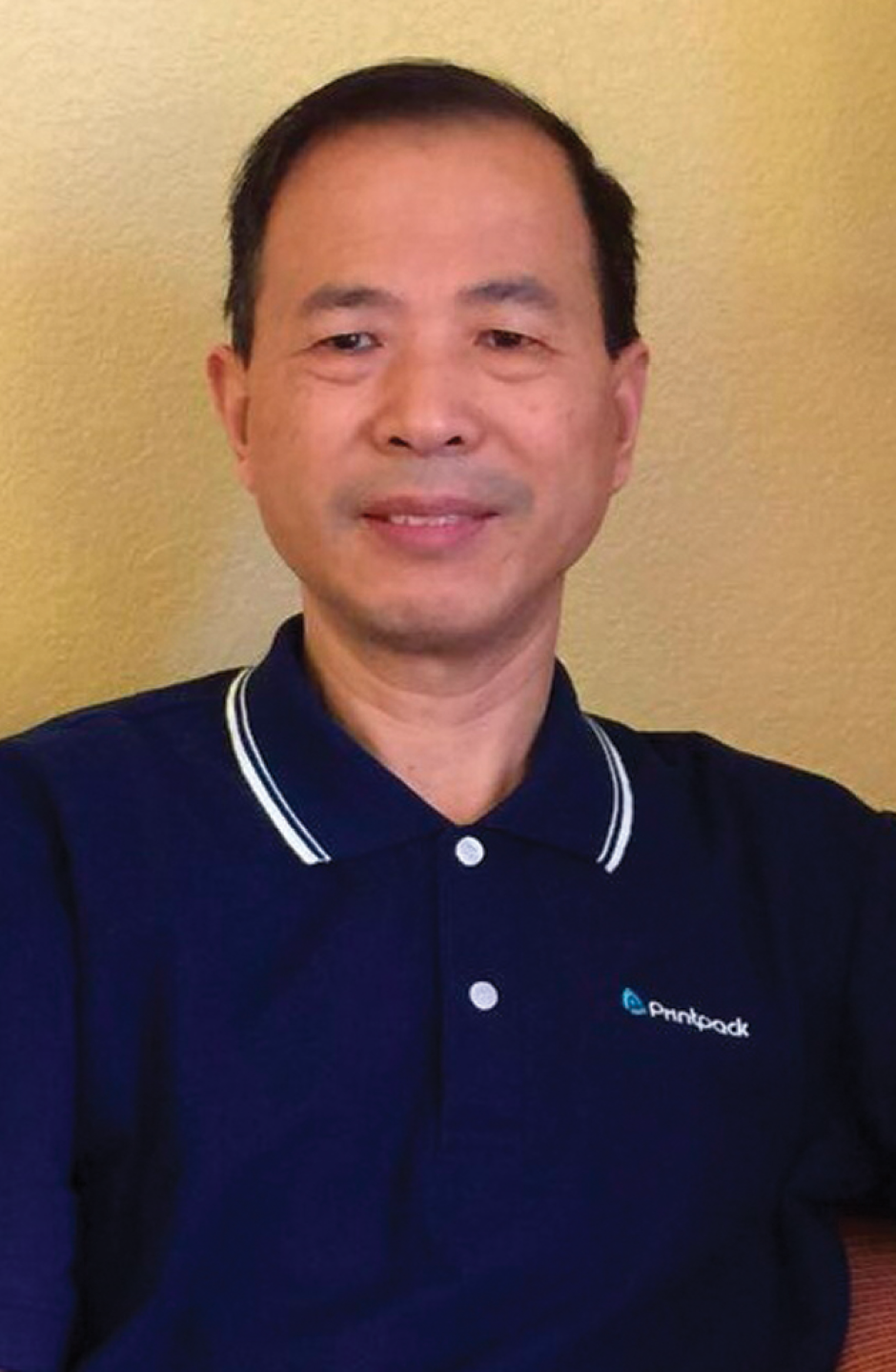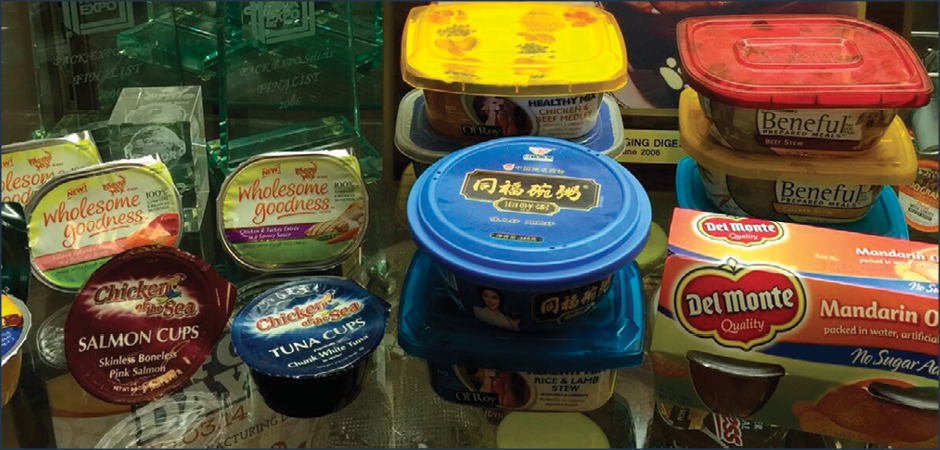High-Barrier Packaging in China Enjoys Steady Rise
Printpak Packaging’s CTO explains why and how
Previous Article Next Article
From China Plastic & Rubber Journal
High-Barrier Packaging in China Enjoys Steady Rise
Printpak Packaging’s CTO explains why and how
Previous Article Next Article
From China Plastic & Rubber Journal
High-Barrier Packaging in China Enjoys Steady Rise
Printpak Packaging’s CTO explains why and how
Previous Article Next Article
From China Plastic & Rubber Journal

Wu Xuanfei, chief technology officer of Printpack (Suzhou) Packaging Co. Ltd.

For the Chinese market, whether Printpack can enjoy bigger success or not depends on local market trends.
"…we can mix the best technology from the USA with Chinese culture, providing a truly applicable and high-quality product."
"To be successful in the longer term, here is [some] advice: learn from global leading players and boost your own R&D capabilities."
High-barrier rigid plastics packaging is widely used in the food industry, thanks to its superior oxygen-barrier functions, high heat resistance, and moisture absorption properties. China offers huge opportunities for serving its large, growing population base, but on the other hand, high-barrier packaging is not growing as fast, due to its high costs and the special technology involved. Wu Xuanfei, chief technology officer of Printpack (Suzhou) Packaging Co. Ltd, recently gave China Plastic & Rubber Journal (CPRJ) his analysis of the Chinese food packaging market.—Ed.
CPRJ: Printpack has established a manufacturing facility in China (since 2009). Why was this decision made?
Wu Xuanfei: Our partners, such as Del Monte and Dole, have set up their own factories in China, bringing huge demand for local plastics packaging. The Chinese market is growing in stature, which is why we decided to invest in our own facility here.
CPRJ: How is the Chinese market different from the global plastic rigid packaging sector?
Wu Xuanfei: At the moment, general [low-barrier] food packaging is predominant in China. Our customers have shown a lot of interest in high-barrier packaging products, but generally speaking, the demand is not able to support mass production. Printpack is one of the largest flexible and rigid packaging groups in the USA. We offer world-leading technology for our customers, yet any breakthrough in business hinges on how the market performs.
CPRJ: How did the company achieve stable growth under such an environment?
Wu Xuanfei: Let me explain with an example: our cooperation with Tongfu Porridge. Before they came to us, their porridge had a shelf life of six months, as the polypropylene packaging material offered little [in the way of] barrier properties. Now, their products can be stored for up to a year. We also maintained a bowl shape design to suit the Chinese tradition.
It showed that we can mix the best technology from the USA with Chinese culture, providing a truly applicable and high-quality product.
CPRJ: Do you think high-end food packaging will become mainstream in the future?
Wu Xuanfei: Even in mature markets like the [USA’s], general packaging is still the majority. I believe the same situation applies to China as well, because the low-end packaging sector covers an ultra-broad spectrum of applications. This situation is likely to continue until, in the long term, traditional packaging such as cans and glass bottles are replaced by plastic containers; then high-barrier packaging would enjoy bigger shares.
CPRJ: As a foreign corporation, what is your opinion on the development of local companies in the high-barrier packaging segment?
Wu Xuanfei: In China, the development of high-barrier packaging is still in its early stage. Local firms, with the majority of them being small-sized, are increasingly competitive due to their regional advantage and suitability for small-batch production. To be successful in the longer term, here is [some] advice: learn from global leading players and boost your own R&D capabilities.
CPRJ: Can you discuss Printpack’s direction in R&D?
Wu Xuanfei: No doubt sustainable development will be the future. According to a Packaging Digest survey done in 2013, 73% of the participating companies see reducing material usage is their number-one priority, while the use of recyclable materials came in second, with 64%.
Printpack has put a lot of emphasis in down-gauging solutions. For example, we have redesigned our plastic cups to improve their “weak links,” after using finite element analysis. We are able to provide the thinnest possible packaging that fulfills customers’ requirements at the same time.
In mold design, we try to give our products a higher utilization rate; we are also using the latest recycling technology to process 100% sheet recyclates. In addition, we are developing the use of MuCell technology for further reductions of material consumption.
Another major R&D focus is on biodegradable materials. In recent years, our bio-based high-barrier cups are used by [Keurig] K-Cup for packaging coffee and tea. This is a technology that offers interesting opportunities in Chinese tea and soy-milk packaging.
The original version of this article first appeared in China Plastic & Rubber Journal; used with permission.